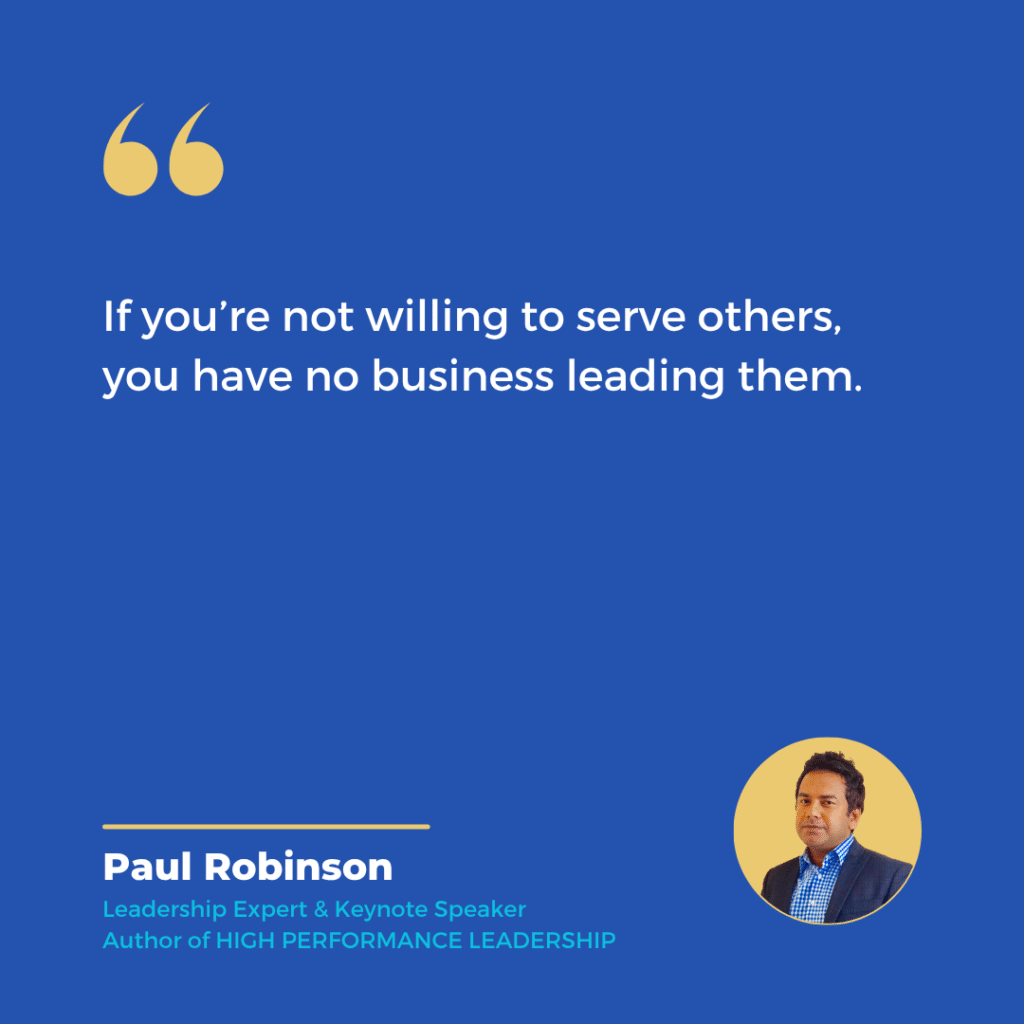Why Is Servant Leadership Gaining Momentum in the 21st Century?
In an age where business models evolve faster than ever and organizational cultures are under greater scrutiny, the idea of servant leadership is experiencing a powerful resurgence. Not just as a management style—but as a moral imperative.
We are living in a post-hierarchy world, where command-and-control leadership is outdated, and collaborative, purpose-driven cultures are emerging as the competitive advantage. Leadership today is not about wielding authority—it’s about building trust and serving others.

Servant leadership is not a soft philosophy. It’s a radical shift from self-interest to shared interest, from commanding to enabling, from being served to serving.
What Is Servant Leadership, and Where Did the Concept Come From?
The term “servant leadership” was first coined by Robert K. Greenleaf in 1970 in his seminal essay The Servant as Leader. Greenleaf challenged the traditional top-down leadership model and flipped the organizational pyramid: leaders belong at the bottom—supporting, serving, and enabling the people above them to thrive.
Greenleaf’s core belief was simple but profound:
“The servant-leader is servant first.”
In today’s world, where emotional intelligence and inclusiveness matter more than ever, servant leadership is no longer a theory—it’s a requirement.
Why Do We Misunderstand the Word “Servant” in Leadership?
For many, the word “servant” carries unfortunate baggage—conjuring images of subordination, inferiority, or weakness. But etymologically, “servant” comes from the Anglo-French servir, meaning to be useful or of service.
Ironically, what was once misunderstood as weakness is now being recognized as a leadership superpower: the ability to serve others with humility, purpose, and strength.
This is not about servitude. It’s about service with strength. Servant leaders aren’t passive—they’re purposeful. They lead from behind, but their impact is felt out front.
How Is Servant Leadership Different from Traditional Leadership?
The difference lies in intent and direction of influence:
| Traditional Leadership | Servant Leadership |
| Focuses on power and control | Focuses on service and growth |
| Leads with “Tell them” | Leads with “Ask them” |
| Prioritizes personal ambition | Prioritizes team well-being |
| Commands from the top | Supports from the bottom |
| Gains compliance | Builds commitment |
While traditional leadership may demand obedience, servant leadership earns trust. And trust, in today’s diverse and dynamic organizations, is the real currency.
What Does It Look Like to “Lead by Serving”?
Servant leaders operate with a mindset of others first. This means:
- Supporting your team’s growth before chasing personal accolades
- Giving credit instead of taking it
- Listening before speaking
- Asking questions before giving answers
- Caring more about the people than the position
Leadership is not about moving people to your benefit. That’s manipulation. Leadership is about moving people to their benefit. That’s service.
In servant leadership, the people are the mission.
What Role Does Humility Play in Servant Leadership?
Humility is the soul of servant leadership.
Jim Collins, in Good to Great, describes Level 5 Leaders as those with deep personal humility combined with fierce professional will. They are the leaders who credit others for success, take ownership of failure, and continually seek to grow.
A servant leader:
- Accepts feedback with gratitude
- Admits mistakes without ego
- Practices active listening
- Builds trust by being transparent and teachable
For example, a CEO who openly shares lessons from failure inspires more respect than one who only celebrates wins. Why? Because vulnerability signals strength, not weakness, in the servant leadership playbook.
Why Is the “Ask Them” Approach More Effective Than “Tell Them”?
Traditional leaders often operate through direction: “Do this, because I said so.”
Servant leaders ask: “What do you think? How would you approach this?”
The “Ask Them” approach:
- Encourages ownership
- Taps into team creativity
- Builds psychological safety
- Leads to better, more inclusive decisions
In today’s workplace, people want to be co-creators, not order-takers. When you ask, you engage. When you tell, you isolate.

What Happens When Leaders Prioritize Others Over Themselves?
When leaders truly serve their people, the workplace changes. Here’s what happens:
- Teams trust their leaders more
- Engagement rises
- People take initiative
- Performance improves naturally—not out of pressure, but pride
- Culture becomes inclusive and collaborative
Servant leadership creates safe, high-performing environments, where people want to contribute—not because they have to, but because they are inspired to.
What Is the Difference Between Serving Others and Serving Yourself?
Here’s a test I share in leadership training:
Are you using people to meet your goals, or using your position to help people meet theirs?
If leadership serves your personal ambition but ignores the aspirations of others, that’s not leadership—it’s exploitation.
True servant leadership:
- Lifts others up, even if it means stepping aside
- Builds future leaders, not lifelong followers
- Focuses on long-term impact, not short-term glory
When you lead others for your gain, they’ll follow you only as far as they have to. When you lead them for their growth, they’ll follow you farther than you imagine.
How Can You Begin Practicing Servant Leadership Today?
Start with small shifts that reflect a servant mindset:
- Listen longer than you speak
- Give credit away, take blame with grace
- Ask how you can support someone today
- Invest in your team’s development
- Treat every interaction as a moment of service
Remember, you are not the hero of your team’s story—they are. Your job is to help them win.
Servant Leadership Is Leadership Reimagined
Leadership is not about being the star of the show—it’s about setting the stage for others to shine. Servant leadership flips the script. It prioritizes purpose over position, contribution over control, and humility over hierarchy.
Remember, if you can’t serve others, you can’t lead them. Because the heart of leadership is service.
In a world craving meaning, empathy, and trust—servant leadership isn’t just the most powerful way to lead.
It’s the most human.
Recommended Reading
- High-Performance Leadership by Paul Robinson
- The Servant as Leader by Robert Greenleaf
- Good to Great by Jim Collins
- Leaders Eat Last by Simon Sinek



